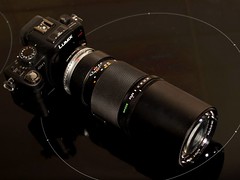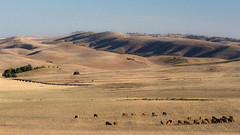This lovely hiking trail was hiked in Golden Week 2025 – the last week of April.
Much of the trail can be done in sections with the ability to catch a train to bypass sections you don’t wish to hike. We chose 3 sections to hike, however, there are many more you could explore. Late April, early May was perfect weather for the hike. Obviously in Winter, the hike is not really feasible as it will be covered in deep snow, and in Summer it could be too hot, humid and wet with potentially disease carrying mosquitoes. The only mosquitoes we met with were near the rice paddies in Magome-juku and thus although long pants were recommended, shorts were fine for the time we were on this hike, but you do need rain gear, hat, jumper, umbrella, suntan lotion, track pants or long pants for evenings at overnight accommodations, and water.
We caught a train from Tokyo to Narai which is a historic tourist-oriented post town from the Samarai – Shojun era of the 17th century when the Shojuns ordered the Samarai and their leaders from Kyoto to walk to Edo (now Tokyo) via this trail in the Japanese highlands.

Mt Fuji from our train from Tokyo to Narai (power lines have been removed in editing)
We had decided to start our trail hike in reverse direction to the usual direction and take on the 1250m elevation Torii Pass on the first day with our backpacks full of 3 days gear – but no camping gear as we had booked accommodation for each night of our hike.
Despite being in Golden Week of public holidays in Japan and being late for the cherry blossom season, we were delighted to see very few tourists on our hike and were treated to some beautiful cheery blossoms as well as a wide range of Spring flowers. The weather was fantastic apart from some light rain periods on the first day of our hike.
Narai
Narai-juku was one of the post towns on the Nakasendo highway officially ruled by the Edo Shogunate and is situated exactly between Edo and Kyoto. It retains a historical row of Edo period houses along the street. The buildings are unique in that the second floor overhangs the first (ground floor), with eaves sloping further to overhang the entire building. Originally the roofs were wooden slats held down by rocks but now are steel sheets.






Torii Pass hike
The Torii Pass was considered one of the most difficult ones to go through on the Nakasendo highway. Narai-juku prospered as travelers rested and stayed there in order to prepare for the crossing of the Pass.

The start of our hiking trail

We soon had gained some elevation over-looking Narai-juku

Guess we were supposed to leave money to ensure our safe passage?

the trail up, taken with Samsung phone

No one warned us about the black bears – there was strong advice to ring the bells loudly to scare off any bears on the trail – we dutifully did so along the trail and thankfully did not see any bears.

Traditional toilet near the top of the Torii Pass – we passed on that one as it did not come with instructions

Map near the top

Not sure the water is potable – taken with Samsung phone

Sorry more ascent to go yet!

Lost in translation – no online Google translate here

Slight misprint on the sign needed to be corrected apparently

Ontakejinja Shrine near the top of Torri Pass






wild magnolias at 1100m elevation


Views of our destination, Yabuhara in the rain

Final descent trail
Yabuhara


Practically the only graffiti seen in our whole trip in Japan


Spring growth on the bonsai maple


Yabuhara hair dresser salon

After hiking down to Yabuhara, we caught a train from there to Suhara where we had booked accommodation for the night
All photos taken with Olympus OMD EM1 III with 75mm f/1.8 (or Samsung phone if specified as such)
















































































































































































































































